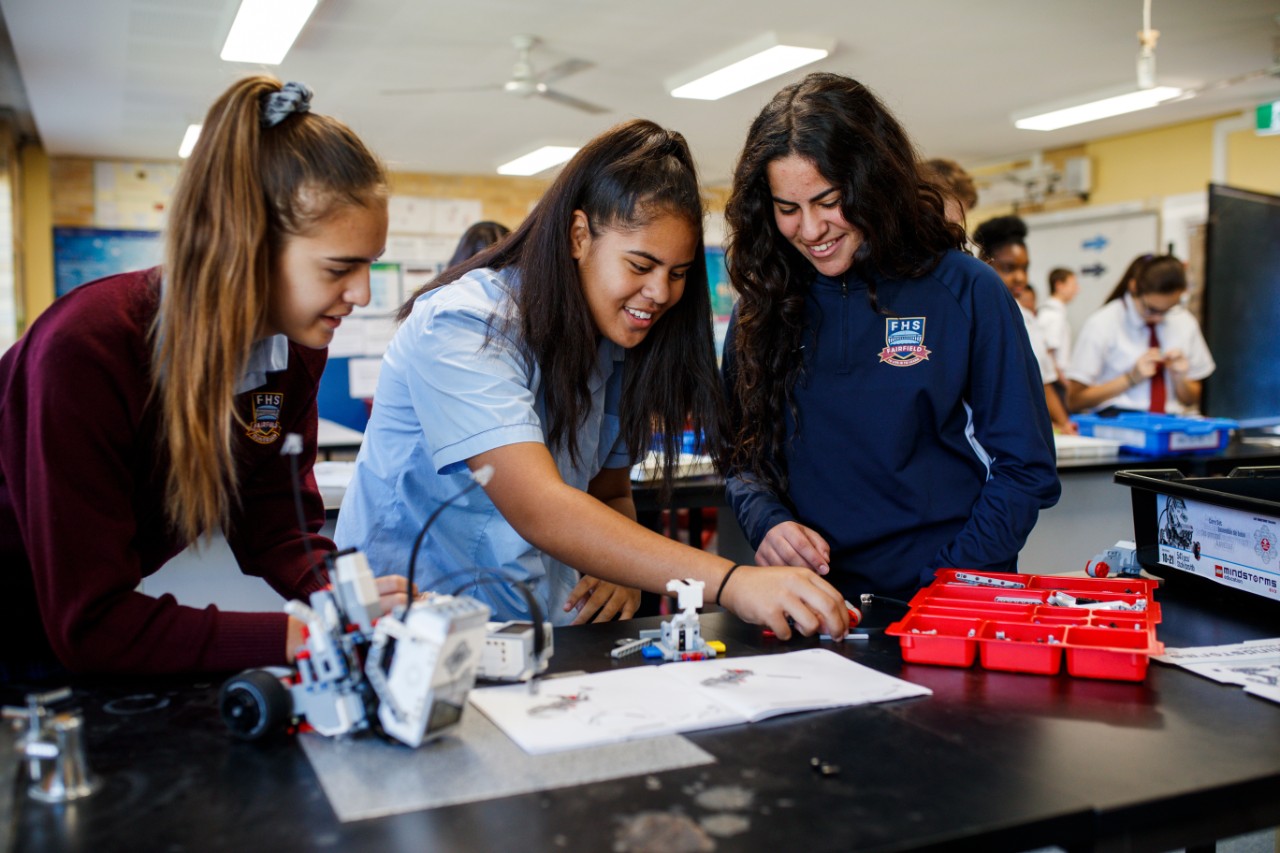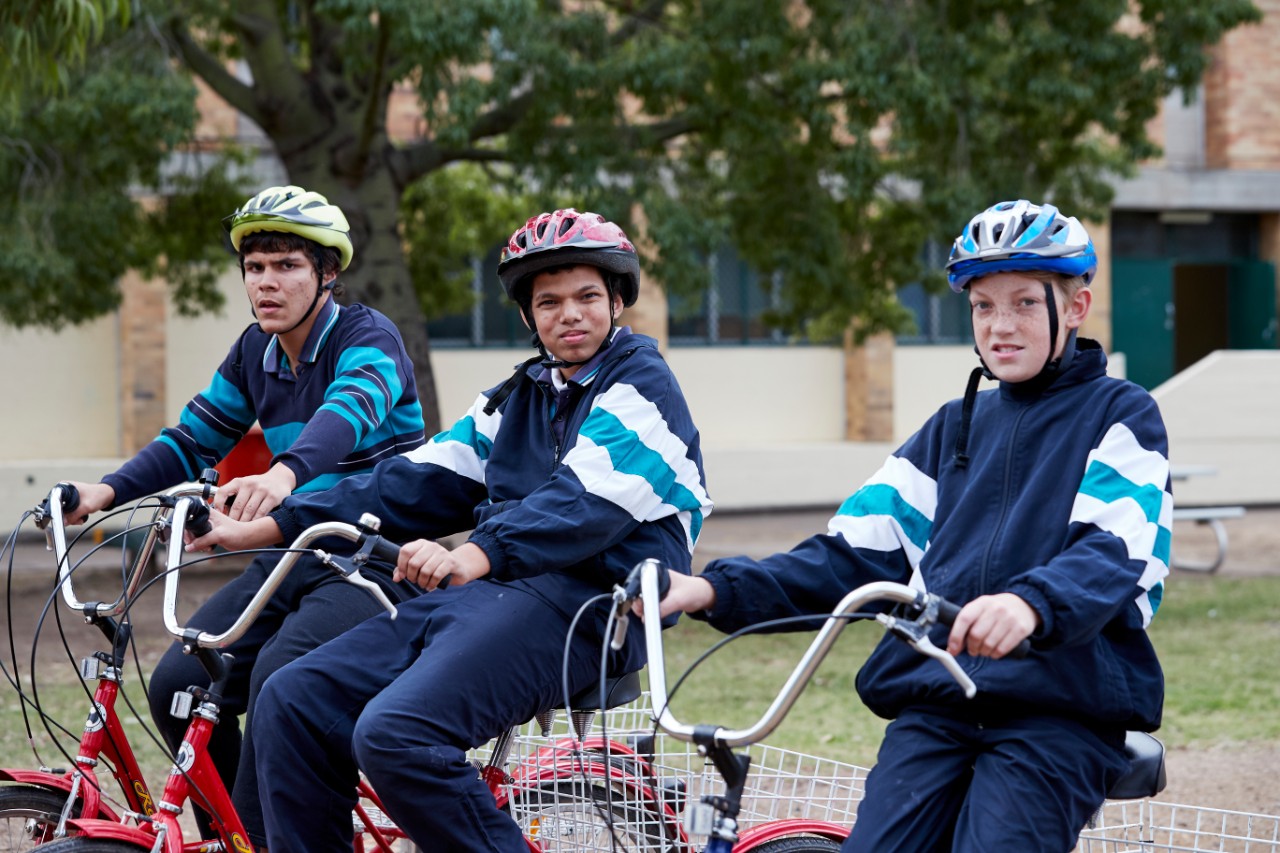Sensory
Use inclusive teaching and learning strategies to support students with sensory needs in the classroom.
About sensory functioning
Sensory functioning describes how the body responds to sounds, textures, lights, smells, pain, temperature and other stimuli or information in the environment. Some students can have reduced sensory awareness in relation to specific senses, such as students who are Deaf, deaf or hard of hearing, or students who are blind or low vision. Other students, such as students on the autism spectrum, may find some sensory input distracting or distressing.
Students who have increased or reduced sensitivity to sensory input may experience disruptions to their participation and engagement at school if modifications to the learning environment have not been made. All students will differ in the type and severity of sensory sensitivities they have.
Use the tabs below to explore when and why evidence-based sensory modifications may be particularly helpful for some students.



School Excellence Framework alignment
Wellbeing, Effective classroom practice
Australian Professional Standards for Teachers alignment
Standard 1: Know students and how they learn
Audience
Secondary teachers
Purpose
This resource includes a range of strategies for teachers to consider the sensory needs of students. Including: Evidence-based practice, best practice tips and other considerations.
Reviewed
November 2021. Share your feedback here